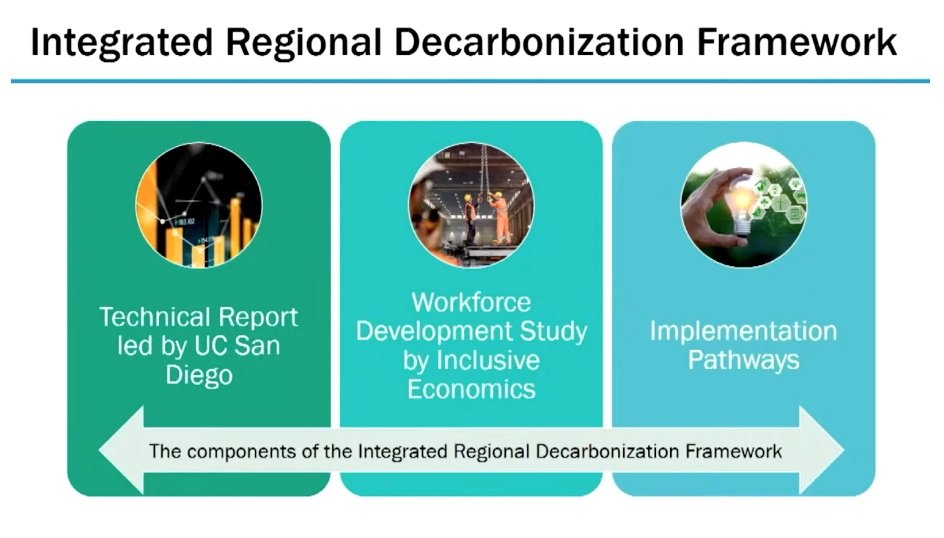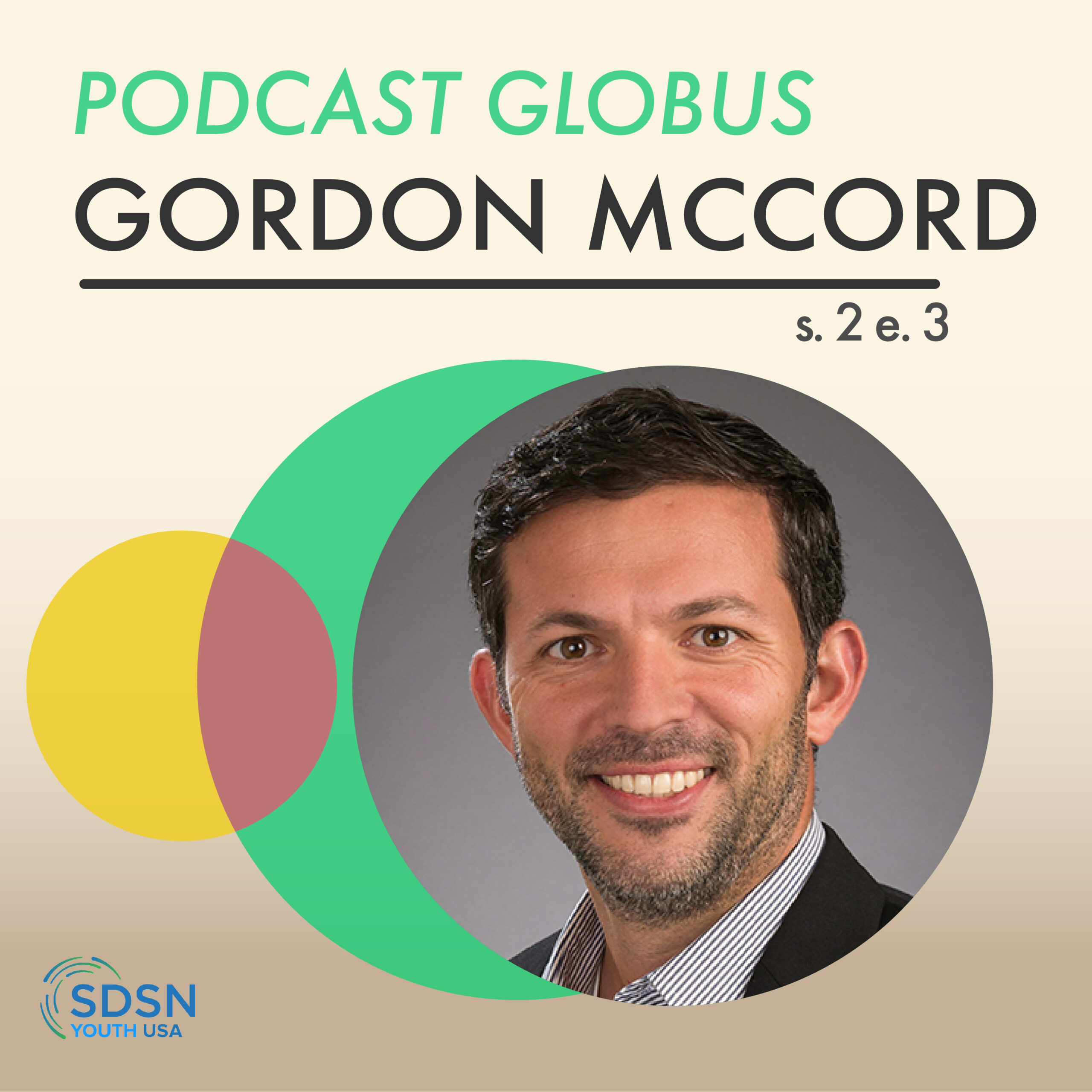Report spells out the balancing act local leaders must perform to make over the way the region powers its homes, roads and businesses . . .
San Diego Regional Decarbonization Framework
The Regional Decarbonization Framework (RDF) anchors the San Diego region in emerging best practices from across the nation and globally. It charts science–based, feasible pathways toward expeditious deep decarbonization, proposing a paradigm shift in our local economy. The scale and pace of this effort will require partnerships between public and private sectors, particularly, business, labor and environmental communities. The input from these numerous stakeholders not only shaped the RDF itself, but initiated many of those collaborative efforts needed for future implementation.
San Diego Regional Decarbonization Framework
Achieving decarbonization in San Diego requires coordinated action at every level of government. The SDG Policy Initiative has led a coordinated effort of local universities, experts, stakeholders, and local government officials to generate the RDF, and will continue to lead this coalition as analytical work moves into implementation. San Diego County’s Regional Decarbonization Framework establishes technical and policy pathways to deep decarbonization in land use, power, buildings, and transportation sectors. As importantly, the RDF can provide an example of how to plan for, and implement, deep decarbonization at the regional level beyond San Diego.
An essential element of the RDF comprised identifying “low-regret” strategies for today’s policymakers. These reflect the best assessment of the least cost and most effective near-term solutions for reducing emissions in each sector. These strategies represent robust decarbonization actions in the near-term, regardless of how uncertain factors resolve. Those uncertainties will gradually resolve over time, making future evaluations more precise, but the crisis demands action now- and these feasible steps are a great place to start.
Table 1: Examples of “Low-Regret” Strategies by Sector

Geospatial maps with high precision also form a core part of the RDF’s contribution to regional climate efforts. From potential renewable energy projects to natural carbon-storing habitats, explicitly visualizing energy and carbon flows helps to inform difficult choices for policymakers. The RDF highlights (but does not adjudicate between) some of these trade-offs, such as the costs imposed by various scenarios for building out renewable energy sources. Figure 8 below shows one such model that reduces land area impacts and meets regional energy demand, but does so at a higher cost for energy due to higher-cost projects.

You can find details about the strategies offered, scenarios mapped, and more by reading the Summary for Policy Makers or get the full story from the complete Technical Report!
RDF Research Areas
Power
Land Use
Transportation
Buildings
Jobs
Policy
Latest
SDGPI and the Sustainable Development Solutions network continue to partner on project blazing a trail for regional decarbonization efforts. . . .
Aug 2, 2022
SDGPI Director Gordon McCord joined Globus, a podcast from the Sustainable Development Solutions Network Youth USA to discuss data as the future of SDG work, the necessity to localize SDG solutions, and how to bridge questions of communication. . . .
May 7, 2022
Switching San Diego off fossil fuels onto green energy will require careful efforts to preserve and create high quality jobs, experts told the San Diego County Board of Supervisors Wednesday. . . .
Mar 17, 2022
San Diego County supervisors got a glimpse of a more climate-friendly future when briefed on a regional plan designed to de-carbonize the county. The idea driving the effort is to reach a net carbon neutral goal, essentially only releasing as much carbon into the air, that can be balanced . . .










